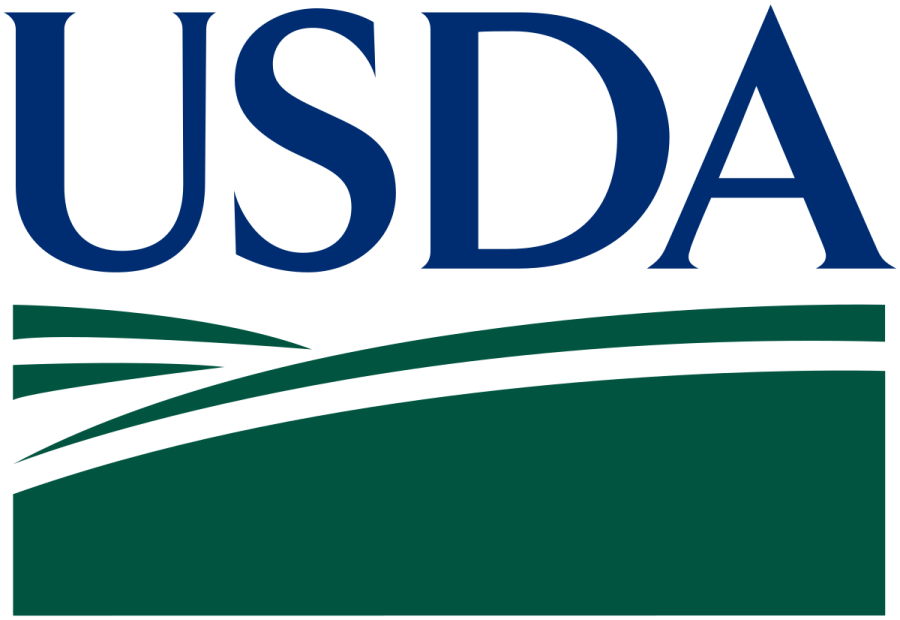
Explore opportunities for dairy farmers to access $98 million in USDA assistance aimed at controlling avian influenza. Understand the resources available, from veterinary reimbursement to testing and beyond.
Dairy producers from 42 farms across nine states grapple with the ramifications of highly pathogenic avian influenza (HPAI) on their herds. As a result, veterinary resources, testing, employee support, and reduced milk production have imposed significant burdens. Fortunately, financial support is on the way to alleviate these costs.
The USDA recently unveiled approximately $98 million in aid for dairy farmers impacted by the outbreak. While precise details on accessing and applying for these funds remain forthcoming, eligible farms can expect up to $28,000 each in financial relief, covering various aspects of their operations:
- Up to $10,000 per affected premise for veterinary costs, including sample collection fees, supplies, and treatment from the onset of confirmed infection.
- Up to $2,000 per affected premise per month for heat-treating waste milk, the only recognized method to effectively deactivate the virus.
- If involved in a USDA and CDC study on workplace conditions, up to $2,000 per affected premise per month for farms providing personal protective equipment and laundering outerwear. Employees participating in the survey can also be compensated for their time.
- Up to $1,500 per farm for developing biosecurity plans according to existing secure milk supply protocols, particularly for individuals like milk haulers or veterinarians who move between farms.
- $100 for producers purchasing and using an in-line milk sampler.
- Up to $50 per sample for up to two samples monthly to test for influenza A at a National Animal Health Laboratory Network (NAHLN) lab.
Additionally, the USDA is working to release funds from the Emergency Assistance for Livestock, Honey Bees, and Farm-raised Fish Program (ELAP) to compensate for reduced milk yield and sales attributable to HPAI.
This extensive financial package exemplifies a strategic, multi-layered approach to mitigating the economic and operational impacts of HPAI on dairy farms. Such measures aim to relieve financial stress on producers and ensure the seamless operation of farms while implementing effective disease containment and prevention strategies.
Beyond just financial assistance, the USDA reaffirms its long-term commitment to the dairy sector’s health. By enforcing rigorous biosecurity measures, conducting comprehensive testing, and developing innovative treatment protocols, the objective is to curb the spread of HPAI and secure the endurance of dairy herds nationwide.
The fundamental question persists: Are these measures sufficient to prevent future outbreaks and provide substantial support for farmers amid these challenges? The reality is intricate and layered. Continuous monitoring and adaptive strategies are imperative as the situation progresses. Collaboration between government agencies, farm operators, and the scientific community is crucial to refine response tactics and enhance biosecurity practices.
Additional Resources:
- To learn more about the USDA’s response to H5N1 in dairy cattle, visit the USDA Animal and Plant Health Inspection Service.
- For more information on CDC’s efforts, see CDC H5N1 Information.
- Details on the FDA’s initiatives can be found in the FDA HPAI Updates.
As global agriculture confronts unprecedented challenges, these proactive measures highlight the importance of preparedness, adaptability, and integrating advanced scientific approaches to safeguard essential food resources.
“This funding will support the agency’s ability to validate pasteurization criteria, conduct surveillance at various points in the milk production system, bolster laboratory capacity, and provide necessary resources to train staff on biosecurity procedures,” according to a USDA press release. Through such comprehensive and coordinated efforts, the dairy industry can anticipate a more resilient and sustainable future.
The recent outbreak of highly pathogenic avian influenza (HPAI) has significantly impacted dairy producers across multiple states, leading to a complex set of challenges and financial strains. In response, the U.S. Department of Agriculture (USDA) has announced substantial financial aid to support affected farmers. These measures highlight the urgency and commitment to controlling the spread of HPAI while maintaining the viability of dairy operations.
“An outbreak of this magnitude requires not just immediate action, but also sustained support to ensure the long-term health and productivity of our dairy farms,” stated a USDA official.
- USDA has allocated $98 million to aid dairy farmers affected by HPAI.
- Eligible farms can receive up to $28,000 each to cover veterinary costs, waste milk treatment, and protective measures for employees.
- Additional funds from the Emergency Assistance for Livestock, Honey Bees, and Farm-raised Fish Program (ELAP) are being prepared to compensate for reduced milk yield and sales.
- A federal order mandates influenza A testing for all lactating dairy cattle crossing state lines, with reimbursement for tests provided.
- CDC and FDA are releasing funds to enhance disease monitoring, lab capacity, and biosecurity measures, ensuring the safety of the milk supply.











